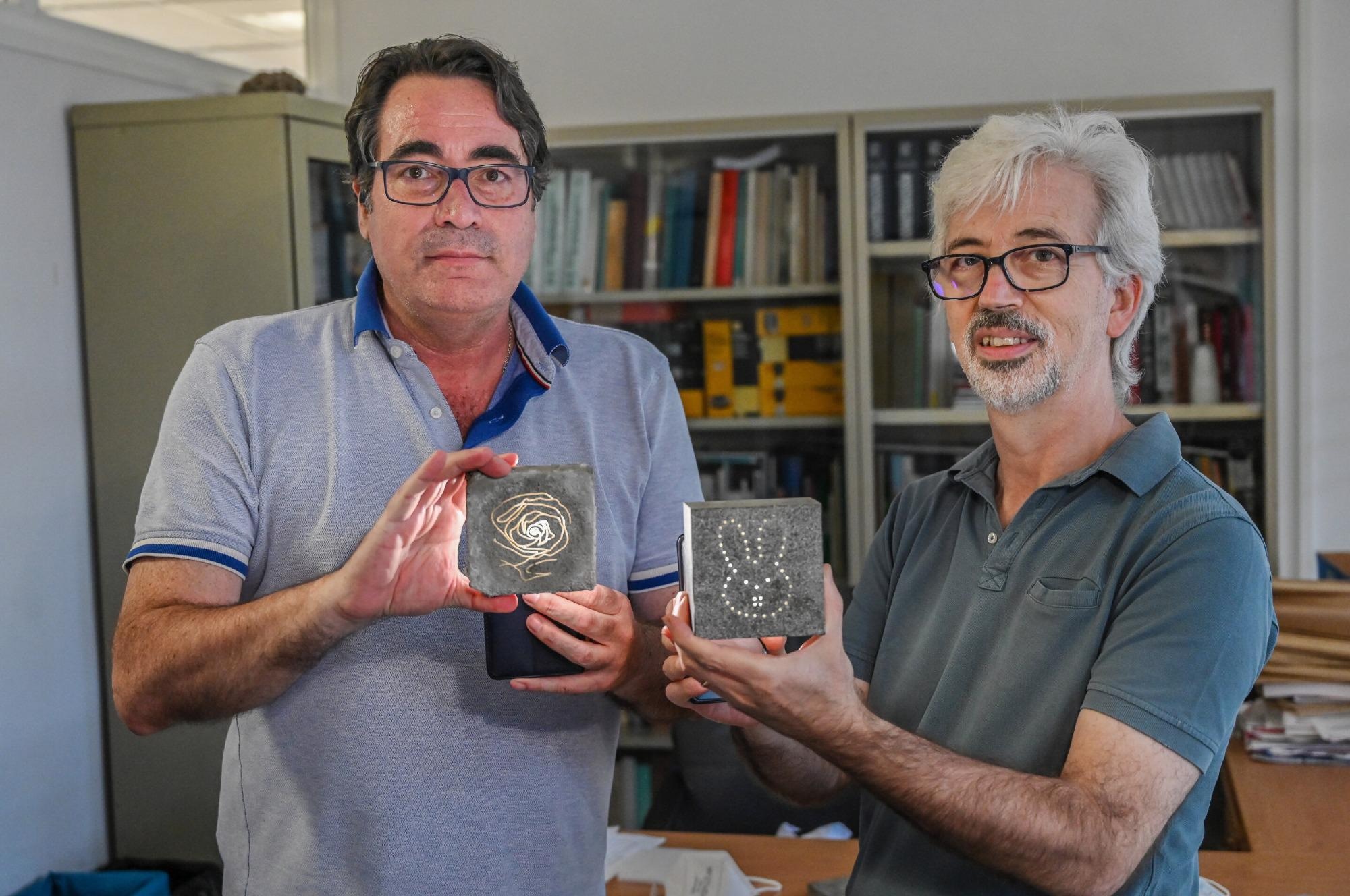Two scientists - José Ramón Albiol Ibáñez and Miguel Sánchez López - from the Universitat Politècnica de València (UPV) have developed and patented a new product that assures to revolutionize construction and other sectors.
 Image Credit: Techxplore.com. (2021) Translucent concrete makes it possible to create customised façades at low cost. [online] Available at: https://techxplore.com/news/2021-10-translucent-concrete-customised-faades.html?fr=operanews
Image Credit: Techxplore.com. (2021) Translucent concrete makes it possible to create customised façades at low cost. [online] Available at: https://techxplore.com/news/2021-10-translucent-concrete-customised-faades.html?fr=operanews
The so-called HTRANS is a pioneering translucent concrete enabling designs to be 3D printed, with a transparent resin to be integrated within it for making paving, façades, etc.
Any design we can imagine can be 3D-printed and incorporated into the façade construction process. With HTRANS we can create structures including ground-breaking images, in many different shapes: from the logo of our company to a reproduction of a work of art, a person’s face or the skyline of a city. We can also include luminous devices, such as LEDS, to illuminate the structure.
José Ramón Albiol, Professor, School of Building Engineering, Universitat Politècnica de València
All of this can be done at a considerably lower cost compared to traditional translucent concrete. Translucent concrete is something that is known to people, but it has to be handcrafted, which poses a direct impact on its high final value.
This is where one of the main advantages of HTRANS lies. What makes our invention stand out is the inclusion of the 3D-printed transparent resin parts inside the concrete. Thanks to this, and to the use of filaments other than optical fiber, we can automate production and significantly reduce production time, which translates into a saving in the final cost of the product of about 80%.
Miguel Sánchez, Professor, Department of Computing Engineering, Universitat Politècnica de València
Furthermore, reinforcement elements of various thicknesses have been incorporated in HTRANS to ensure the strength of the concrete parts.
“The parts printed in 3D with the design that we want to be seen also incorporate an internal substructure, which ensures the structural rigidity of the part,” added José Ramón Albiol.
Not just the configuration but also the materials utilized guarantee that the façade images have ideal quality and definition. Therefore, this helps enhance the three-dimensional appearance of the final product.
Furthermore, HTRANS enables intermittent or permanent lighting to be added in any area with the help of batteries charged through an external power supply, as well as wireless charging devices.
It is an innovative solution, unique in the world, easy to transport and install, which has great potential for the construction and the furniture industries, or for advertising. It can also be used in design objects such as lamps or decorative elements, kitchen furniture and countertops, outdoor and indoor flooring, etc.
José Ramón Albiol, Professor, School of Building Engineering, Universitat Politècnica de València
For the production process, the UPV scientists stress its simplicity: first, the pieces with the designs that one desires to incorporate into the product are 3D printed. This could be flooring, façade, etc.
“These are included in the formwork, then the concrete is poured and, once it is inside them, the two sides are polished and we have the final product, including the image, design, etc. of our choosing. All this, in record time and at a much lower cost than today,” conclude the authors.